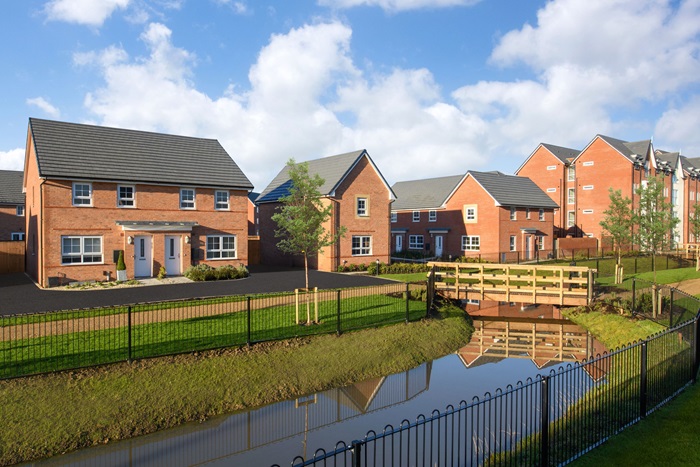There are a number of considerations to make when it comes to financing a property investment. The capital stack refers to the underlying structure of the capital used to fund a scheme. It is a valuable tool for investors to use in order to understand the level of risk and potential returns in a particular scheme, and to help them to make an informed decision about their investment.
Understanding the Capital Stack
The capital stack depicts the multiple layers of funding – including debt and equity components – required for the purchase and development of every scheme. It shows investors who receives repayments and in what order they will be repaid, as well the amount and percentage of funding provided by each party.
This allows investors and lenders to determine how much risk each level carries, and for lenders to see where they fit in the hierarchy of funding. The capital stack provides a visual representation of the property’s financial structure where each layer of capital is “stacked” on top of one another to depict the different layers. This helps investors to understand whether the targeted return on investment is worth the assumed risk. The higher the layer, the higher the risk and the higher the projected returns.
How Many Layers are there in a Capital Stack?
Capital stacks typically have three layers* comprised of senior debt, mezzanine finance and equity. All of the debt and equity layers take up a difference percentage of the project cost – combined, they equal 100% and the full capital stack.
Senior Debt
Senior debt refers to the bank loan which commonly takes up 60% of the project’s cost and takes a first charge against the property. This is placed at the bottom of the stack.
Mezzanine Finance
Mezzanine finance typically takes the second legal charge over the property and will be the second party to be repaid after the senior loan. This usually takes up around 10% of the project’s cost.
Equity
Equity sits at the top of the stack and provides around 30% of the overall funding. It has the highest returns potential but also the highest risk; investors have no legal charge over the property and will always be the last to be repaid. It is commonly comprised of developers’ equity and preferred equity, the latter of which comes from individual investors.
Assessing the Risk and Reward of your Property Investment
By depicting the percentage cost that each layer has invested, this helps investors to understand the bigger picture and how other equity holders’ relative returns compare. It also helps investors to understand who could take ownership of the property in the unlikely event that the borrower defaults on loan payments. In such cases, equity holders generally do not have foreclosure rights to a property and are at risk of losing their investment completely. That being said, the potential rewards are far greater than for those lower down the capital stack.
Due Diligence and the Capital Stack
While the capital stack provides essential information about risk and reward, it should be considered only as part of a wider due diligence assessment and investment strategy. Other key factors to consider include the location of the property development, specifically its local economy and supply/demand position.
Investors should also consider the level of personal risk that they wish to take, as well as the projected timescale of the project and any other factors that may affect potential profitability.
Our team at Devete can help introduce you to investment opportunities designed to fit with your individual goals as well as maximise potential profits. Contact us today to find out more.
*There is theoretically no limit to the number of layers a capital stacks may contain but most include two, three or four layers. Some capital stacks may include common equity as an additional layer.
When it comes to property, capital stacks help investors to create a risk-reward profile and choose the developments best suited to their risk appetite. Find out more about how it works with our latest blog post.
#alternativeinvestments #investingtips #capitalstack #mezzaninefinance #developmentfinance
Capital stacks are one of the key indicators of the projected level of risk and reward for your property investment. Our new blog post outlines how they are structured and answers your most FAQs to help you make an informed decision about your finances. #alternativeinvestments #investingtips #capitalstack #mezzaninefinance #developmentfinance
What is a capital stack and how should it impact your decisions as a property investor? Our latest blog post answers both these questions and more. Click the link in bio to read the full article and find out how you can maximise potential profits with your investment.
#propertyinvestment #alternativeinvestments #property #propertyportfolio #structuredinvestments #passiveincome #investingtips #capitalstack #mezzaninefinance #developmentfinance



